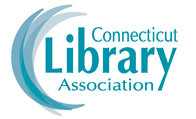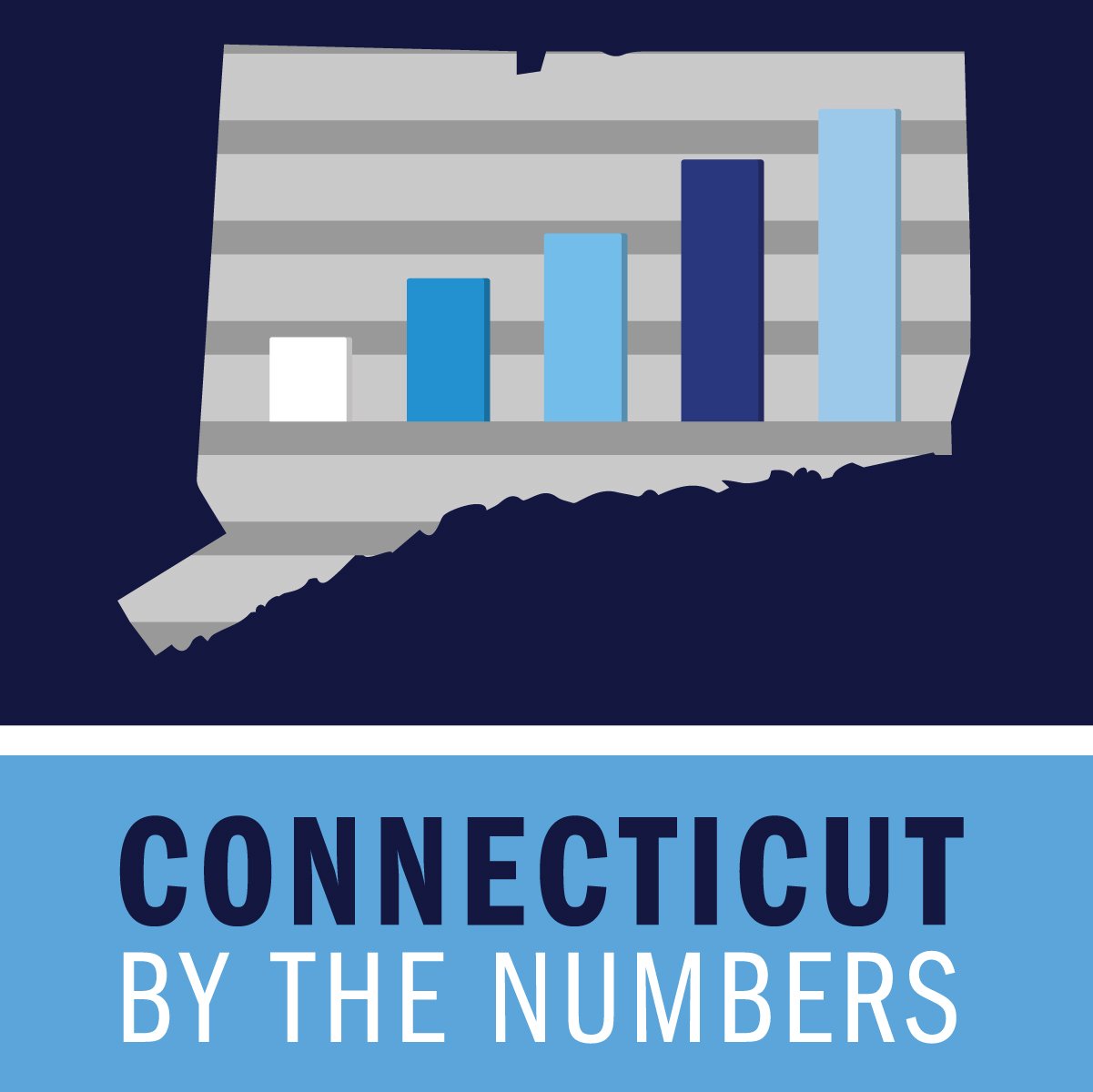Helping Families Experience Joy of Adoption Is Goal of Start-Up Nonprofit
/After six long, challenging and frustrating years, and spending thousands of dollars, a Norwalk couple adopted a child. And in that moment, a new mother vowed that she would do everything possible to make sure that others would not be prevented from experiencing the joy of becoming a parent due to a lack of financial resources.
Today, her daughter is an energetic and engaging 3-year-old and she is following through on the commitment she made to herself, launching a non-profit organization named The Adoption Hope Foundation. The organization’s mission is to help break the financial barrier of adoption by providing grants to people who hope to build their families through adoption. The fledgling organization is about one-third of the way towards meeting their initial fundraising goal, with a GoFundMe crowdfunding campaign underway that seeks to raise $10,000 by April 15.
“The thought that some people would not be able to have a family simply because of the financial barrier was heartbreaking to me. And thinking about babies and children who would not be adopted simply because families couldn’t afford it was unacceptable. With the average adoption costing approximately $35,000, many qualified, loving families are unable to pursue it due to the high cost.”
It was a long and winding road for Laura Loffredo. “My husband and I struggled with infertility for six years. We spent thousands of dollars. We had eight failed fertility treatments and a miscarriage. I prayed every night for a baby and the longing inside my heart was unbearable. I was angry, bitter and heartbroken. I couldn’t breathe. I have often referred to this time as the darkest time of my life.”
“When we finally made the decision to adopt, it was like a light in the darkness. The first time I held my daughter in my arms when she was only a few minutes old, I was overcome with emotion,” she recalls. “Adoption is a beautiful gift. It is a life altering experience that has allowed me to feel the deepest kind of love imaginable. We believe that every waiting family deserves a child, and every waiting child deserves a family.”
She has spent the past two years researching how to start and run a nonprofit organization, including taking seminars offered by the Connecticut Nonprofit Association. She has “talked to anyone who would listen – anyone who knew anything about the nonprofit world.”
Some suggested that starting a nonprofit was a tough road, but Loffredo is determined. “I am compelled to do this - it was a calling.” She has gained much support and encouragement from long-established nonprofit leaders and professionals in the field in Connecticut. “They have helped me tremendously by constantly answering my start-up questions and supporting me with their expertise in this area.”
More information about the new nonprofit, and their efforts to raise the necessary funds to begin grant-making, are available at www.gofundme.com/adoptionhope or by contacting Laura Loffredo at loffredo.laura@gmail.com
Thinking back on the adoption process, Loffredo recalls “I felt overwhelmed by the extremely high cost of the process. I felt blessed that we were able to afford it but immediately felt upset thinking about people who could not afford this whose dreams were to have a family. I envisioned an organization that would support adoption by providing grants to people who wanted to build their families through adoption.”
The new business is filing the legal documents required to gain non-profit status, and they expect to have 501c3 in place by June. A website is being developed, and applications for grants will soon be available. There will be no application fee, so as not to create an additional economic burden on prospective families. The Adoption Hope Foundation anticipates awarding $5,000 grants by the end of this year.
 A home study by a social worker, along with background checks, must be completed before applications will be accepted, and grant awards will be determined by members of a board, based on criteria including need and personal circumstances, such as “why they want to build their family through adoption.” Board members already in place include individuals with backgrounds in finance, law, fundraising, and social work, whose lives have been touched by adoption. Additional board members are now being determined.
A home study by a social worker, along with background checks, must be completed before applications will be accepted, and grant awards will be determined by members of a board, based on criteria including need and personal circumstances, such as “why they want to build their family through adoption.” Board members already in place include individuals with backgrounds in finance, law, fundraising, and social work, whose lives have been touched by adoption. Additional board members are now being determined.
In addition to launching the nonprofit organization, Loffredo is writing a memoir about her struggle with infertility and a children’s book about adoption. She hopes to have both volumes published within a year, with the sale of the books to be used to help support The Adoption Hope Foundation.
A report by the U.S. Department of Health and Human Services Administration for Children and Families, using the most recent data available in 2011, indicated that “approximately 136,000 children were adopted annually in the United States (in 2006 and 2007). This represents a 6-percent increase in adoptions since 2000 and a 15-percent increase since 1990.”
In a 2007 survey, the Department noted that “of the 1.8 million adopted children in the U.S., 37 percent were adopted from foster care, 38 percent joined their families through private domestic adoptions, and 25 percent were adopted internationally.” They also reported that “overall, parents of 86 percent of adopted children report that their relationship with their child met or exceeded their expectations.”




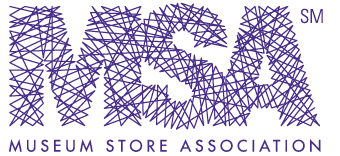


 .
.
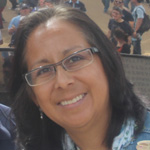 “Many preliminary competition events would need to take place outside of the main Olympic Park areas so events may occur as far away as Connecticut. This also is an opportunity for more people to get involved with the Olympic Spirit,” Garcia adds.
“Many preliminary competition events would need to take place outside of the main Olympic Park areas so events may occur as far away as Connecticut. This also is an opportunity for more people to get involved with the Olympic Spirit,” Garcia adds.


 An Olympic games in Boston would utilize existing sports venues of both professional teams and area colleges, which could reduce potential costs. Infrastructure improvements, such as in transportation, are already on the drawing board, and could accelerate with a Boston bid.
An Olympic games in Boston would utilize existing sports venues of both professional teams and area colleges, which could reduce potential costs. Infrastructure improvements, such as in transportation, are already on the drawing board, and could accelerate with a Boston bid.
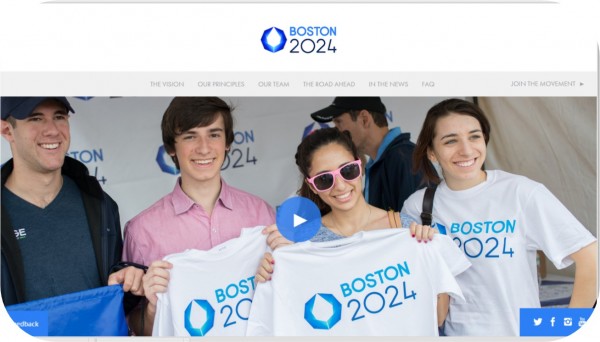


 ut.
ut. h school students - participants in week-long journalism workshops at UConn, Quinnipiac and Yale universities led by C-HIT - have been producing news stories that target issues facing a demographic they are not only familiar with, but, in most cases, part of. The students are learning research methods intrinsic to journalism and the results of their work have been eye-opening. Some of the highlights:
h school students - participants in week-long journalism workshops at UConn, Quinnipiac and Yale universities led by C-HIT - have been producing news stories that target issues facing a demographic they are not only familiar with, but, in most cases, part of. The students are learning research methods intrinsic to journalism and the results of their work have been eye-opening. Some of the highlights: Of the young people who reported cyber bullying incidents against them, one in three reported that they experienced threats online. Well over half of young people do not tell their parents when cyber-bullying occurs, the website says. Surveys show that girls are twice as likely as boys to be both victims and perpetrators of cyber bullying.
Of the young people who reported cyber bullying incidents against them, one in three reported that they experienced threats online. Well over half of young people do not tell their parents when cyber-bullying occurs, the website says. Surveys show that girls are twice as likely as boys to be both victims and perpetrators of cyber bullying. ht) Mackenzie Brayman, a student at North Stonington High School; Julyanna Schreider and Shamoya Hanson, students at the Journalism & Media Academy, Hartford; Talon Cooper, a student at Hillhouse High School, New Haven; and Conner Fritchley, a student at Wilton High School. Information included in this article was researched and developed by the students for their news stories.
ht) Mackenzie Brayman, a student at North Stonington High School; Julyanna Schreider and Shamoya Hanson, students at the Journalism & Media Academy, Hartford; Talon Cooper, a student at Hillhouse High School, New Haven; and Conner Fritchley, a student at Wilton High School. Information included in this article was researched and developed by the students for their news stories.
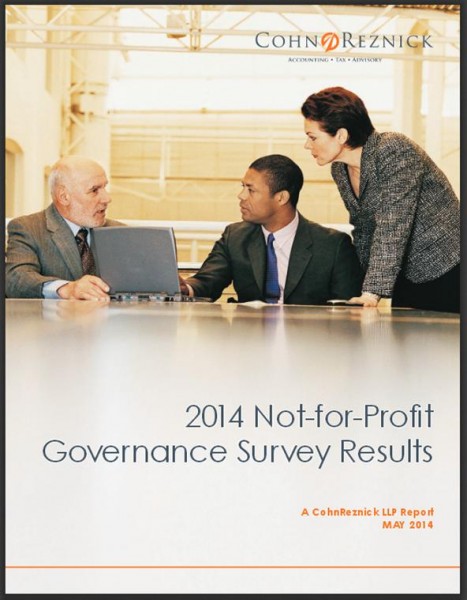
 vable Communities
vable Communities rcent, with less than 2 percent growth for people age 20 to 64 during the same period.
rcent, with less than 2 percent growth for people age 20 to 64 during the same period.
 cal topic that relates to an annual theme, students conduct extensive research using libraries, archives, museums, and oral history interviews. Students analyze and interpret their findings, draw conclusions about their topic's significance in history, and create final projects that demonstrate their work.
cal topic that relates to an annual theme, students conduct extensive research using libraries, archives, museums, and oral history interviews. Students analyze and interpret their findings, draw conclusions about their topic's significance in history, and create final projects that demonstrate their work.
 y. Participating students come from all over the United States, Guam, American Samoa, Department of Defense Schools in Europe, and affiliates in China, Korea, and Jakarta.
y. Participating students come from all over the United States, Guam, American Samoa, Department of Defense Schools in Europe, and affiliates in China, Korea, and Jakarta.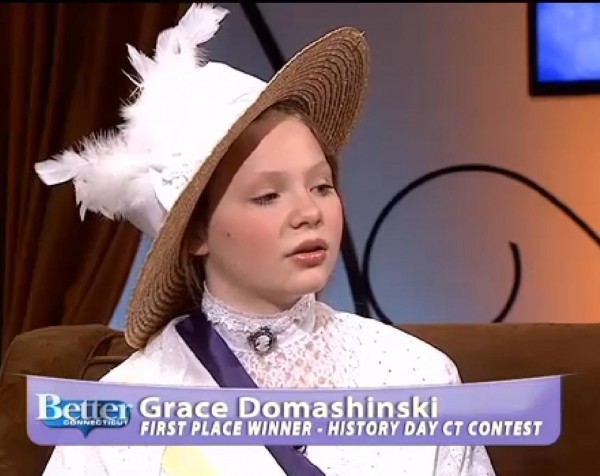
 in Connecticut libraries and why it is so important that they continue to support our institutions,” officials said.
in Connecticut libraries and why it is so important that they continue to support our institutions,” officials said.